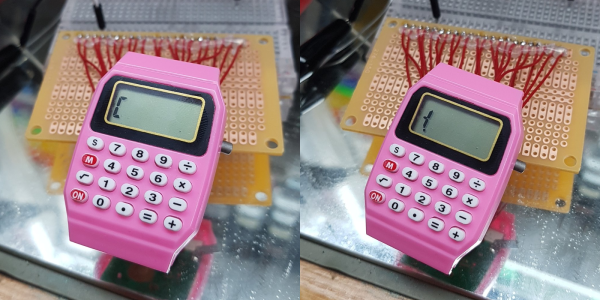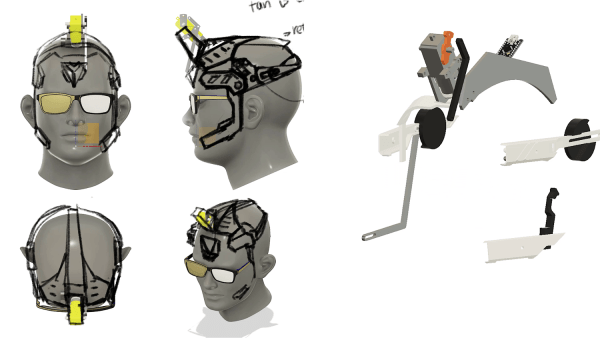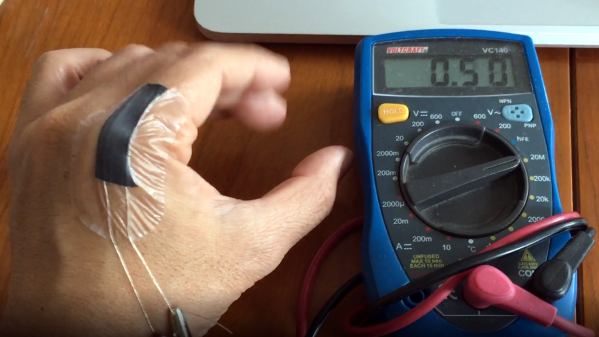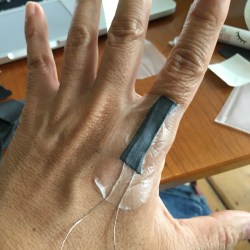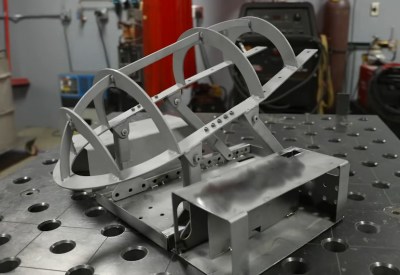Are we seeing more wristwatch PCB swapping projects because more people are working on them, or because we saw one and they’re on our mind? The world may never know, but when it comes to design constraints, there’s a pretty fun challenge here both in fitting your electronic wizardry inside the confines of an injection molded case, and in the power budget to make your creation run on a sippy straw of battery power.
Just this morning we came across [Joey Castillo’s] sensor-watch project. He chose the Casio F-91W as the donor wristwatch. It’s got that classic Casio look of a segment LCD display capable of displaying hours, minutes, and seconds, as well as day and date. But the added bonus is that we know these have decent water resistance while still providing three buttons for user input. Sure, it’s less buttons than the pink calculator watch we saw [Dave Darko] working on earlier in the week, but which would you trust in the pool?
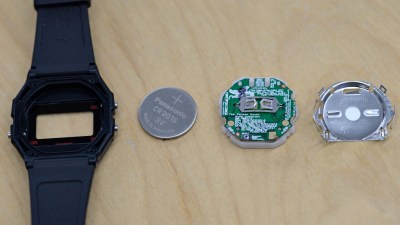
The sensor part of the sensor-watch is a flex PCB breakout that allows you to swap in whatever sensor fits your needs. The first to be reflowed at [Joey’s] bench is a BME280 humidity sensor, which is most obviously useful for the included temperature measurements, but maybe it could also alarm at moisture ingress? [Joey] says you can swap in other parts as long as they’re in the QFN or LGA size range. We think an IMU is in order since there’s a lot of fun interaction there like the watch reacting to being positioned in front of your face, or to take tap-based inputs.
We think beginning with a donor watch is brilliant since pulling off a case, especially one that keeps water out, is 97% of the battle. But when your UI is unique to the watch world, sometimes you need to start from scratch like this wooden word clock wristwatch.


